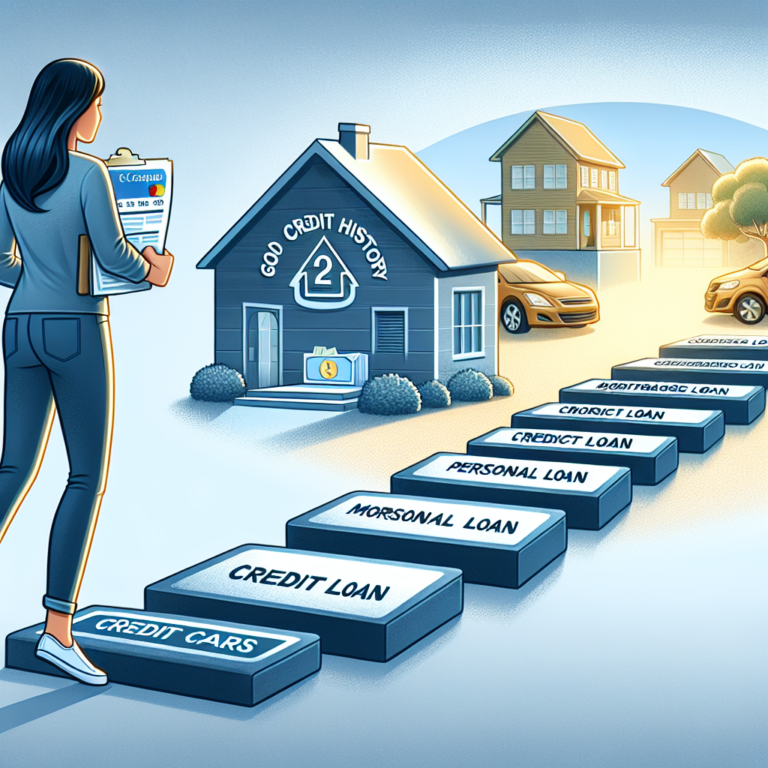Understanding Different Debt Consolidation Techniques
Debt consolidation is a financial strategy that can help individuals manage and pay off their outstanding debts more efficiently. Whether you’re dealing with credit card debt, personal loans, or other forms of unsecured debt, consolidating what you owe into a single payment can simplify your finances and potentially reduce your interest rates. However, it’s essential to understand the different techniques and approaches to debt consolidation to determine which method is best suited to your financial situation. In this comprehensive guide, we’ll explore the various debt consolidation techniques, their advantages, disadvantages, and how to decide which option might work best for you.
1. Balance Transfer Credit Cards
One common method of debt consolidation is utilizing a balance transfer credit card. This technique involves transferring high-interest debt from one or more credit cards to a new credit card with a lower interest rate. Many balance transfer cards offer an introductory 0% APR for a specific period, usually ranging from 6 to 18 months.
Advantages:
- Low or 0% Interest Rate: The introductory period of 0% interest helps you save money on interest payments, allowing more of your payments to go towards the principal balance.
- Simplified Payments: Consolidating multiple credit card debts into one reduces the number of monthly payments you have to manage.
Disadvantages:
- High After-Introductory Rates: Once the introductory period ends, the interest rate can increase significantly, which may not be favorable if you haven’t paid off the debt by then.
- Transfer Fees: Most balance transfer cards charge a fee, typically ranging from 3% to 5% of the amount transferred.
Best For:
- Individuals with good to excellent credit scores.
- Those who can realistically pay off their debt within the introductory period.
2. Personal Loans
Personal loans, also known as debt consolidation loans, are another popular method of consolidating debt. These are unsecured loans provided by banks, credit unions, or online lenders that can be used to pay off multiple debts. You then repay the personal loan with fixed monthly payments over a specified term.
Advantages:
- Fixed Interest Rates: Personal loans typically come with fixed interest rates, making your monthly payments predictable and helping with budget planning.
- Longer Repayment Terms: Repayment terms for personal loans can range from one to seven years, allowing more flexibility in spreading out payments.
Disadvantages:
- Qualification Requirements: Your creditworthiness will be evaluated, which can make it difficult for individuals with poor credit to qualify or receive favorable terms.
- Possible Fees: Some personal loans may come with origination fees or penalties for early repayment.
Best For:
- Individuals who need a structured repayment plan.
- Those with good credit who can qualify for lower interest rates.
3. Home Equity Loans or HELOCs
If you own a home with sufficient equity, you might consider a home equity loan or a Home Equity Line of Credit (HELOC) to consolidate your debt. A home equity loan provides a lump sum of money with a fixed interest rate, whereas a HELOC operates more like a credit card with a variable interest rate and a borrowing limit based on your home’s equity.
Advantages:
- Lower Interest Rates: Home equity loans and HELOCs generally have lower interest rates compared to credit cards and personal loans because they are secured by your home.
- Potential Tax Benefits: The interest paid on a home equity loan may be tax-deductible, though you should consult with a tax advisor for specific guidance.
Disadvantages:
- Risk to Your Home: Since these loans are secured by your home, failing to repay them can result in foreclosure.
- Variable Interest Rates on HELOCs: The interest rate on a HELOC can fluctuate, leading to higher payments if rates increase.
Best For:
- Homeowners with significant equity in their property.
- Those confident in their ability to make consistent payments.
4. Debt Management Plans (DMPs)
A Debt Management Plan (DMP) is a structured repayment plan developed by a credit counseling agency. Through a DMP, the agency negotiates with your creditors to potentially lower interest rates and waive fees, consolidating your debt into a single monthly payment made to the agency, which then disburses the funds to your creditors.
Advantages:
- Professional Assistance: Credit counselors provide guidance and help negotiate more favorable terms with your creditors.
- Single Monthly Payment: Simplifies your debt repayment process by consolidating multiple debts into one manageable payment.
Disadvantages:
- Impact on Credit: Enrolling in a DMP might be noted on your credit report and can impact your credit score.
- Fees for Services: Credit counseling agencies may charge an initial setup fee and monthly fees for managing the plan.
Best For:
- Individuals struggling to manage multiple debts on their own.
- Those seeking professional help with negotiating better terms.
5. Debt Settlement
Debt settlement involves negotiating with your creditors to accept a lump sum payment less than the total amount you owe. This method is often pursued by individuals experiencing severe financial hardship and unable to make regular payments.
Advantages:
- Reduced Debt Amount: Successful debt settlement can significantly reduce the total amount you owe.
- Single Lump Sum Payment: Allows you to settle your debt with one payment, potentially freeing you from the burden of multiple debts.
Disadvantages:
- Negative Impact on Credit: Debt settlement can severely impact your credit score and may be noted on your credit report for seven years.
- Fees and Taxes: Debt settlement companies charge fees for their services, and the forgiven debt amount may be considered taxable income.
Best For:
- Individuals facing significant financial hardship.
- Those unable to qualify for other debt consolidation options.
Conclusion
Debt consolidation can be a powerful tool to regain control over your finances and reduce the stress of managing multiple debts. Each debt consolidation technique offers unique advantages and comes with its own set of risks and requirements. Before choosing a method, it’s crucial to assess your financial situation, consider the pros and cons, and possibly consult with a financial advisor or credit counselor.
Ultimately, the best debt consolidation technique is one that aligns with your financial goals, offers manageable repayment terms, and helps you stay on track toward becoming debt-free. By understanding the different options available, you can make an informed decision and take a significant step forward in your journey to financial stability and peace of mind.





